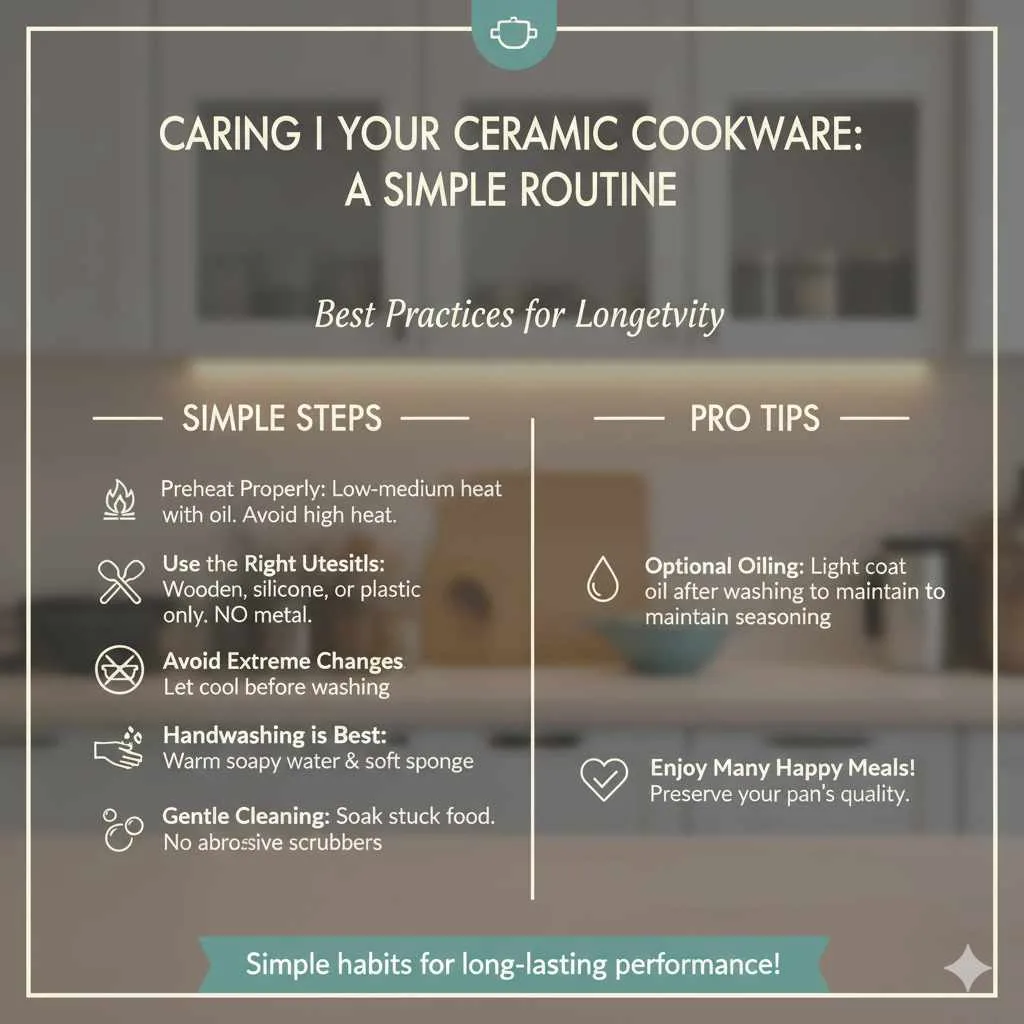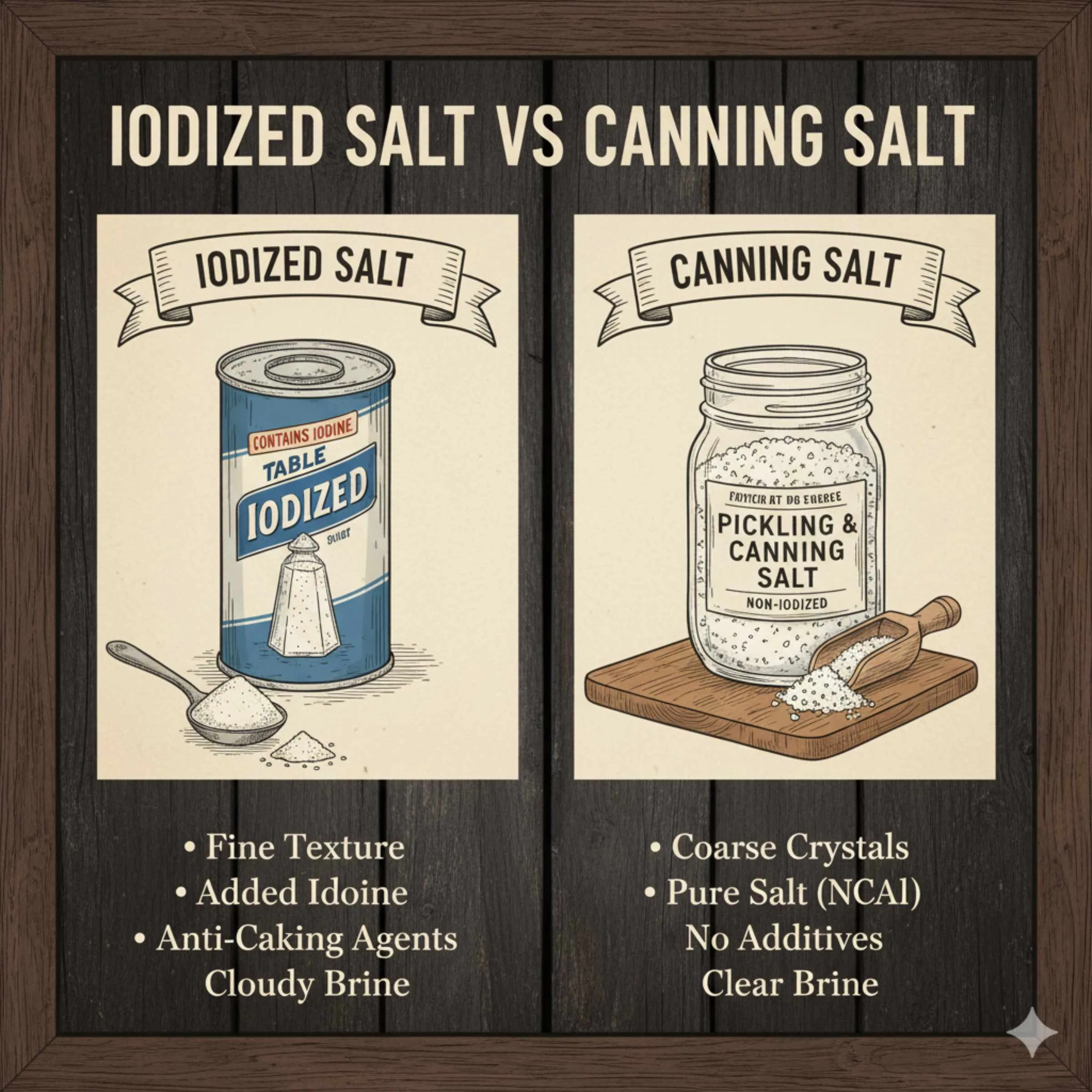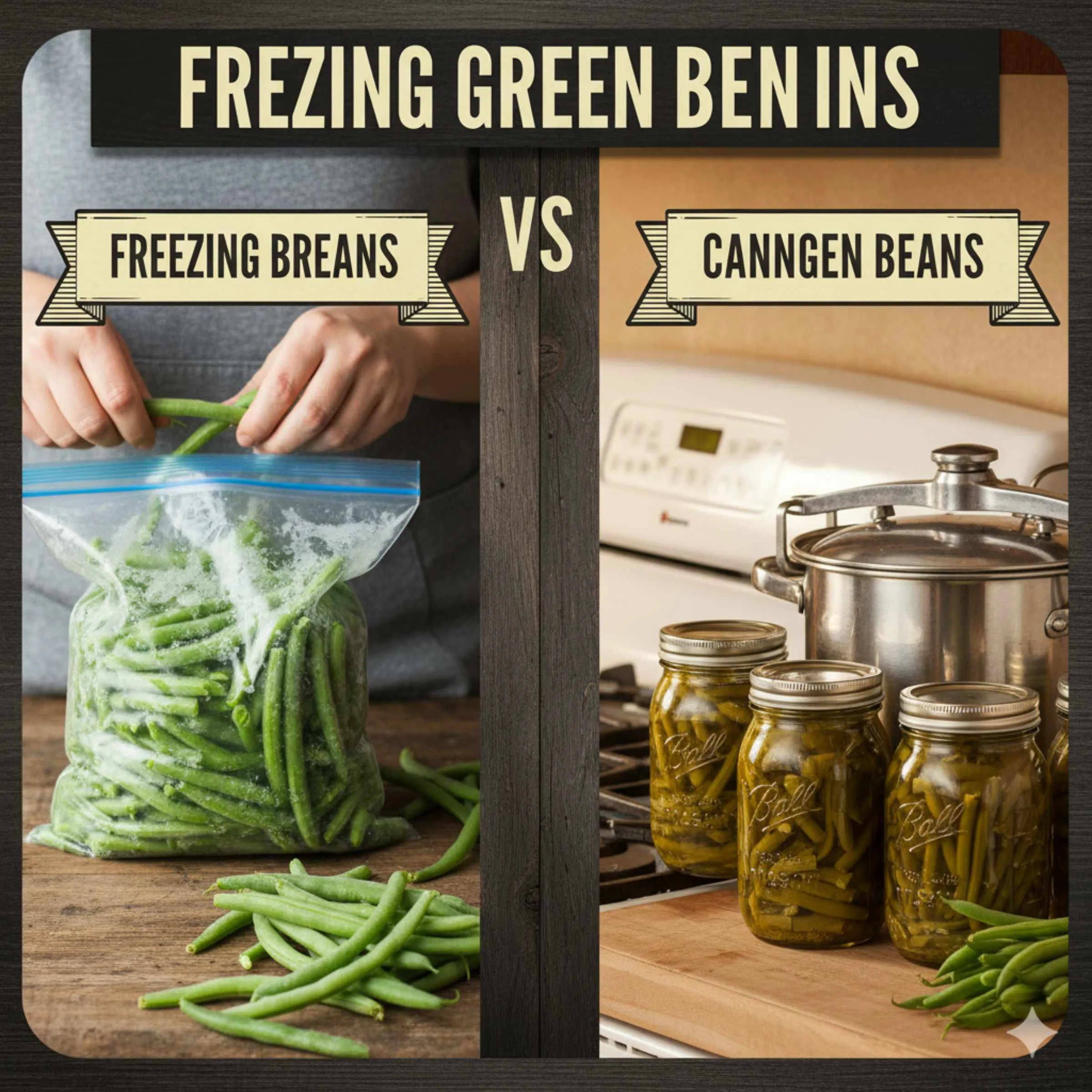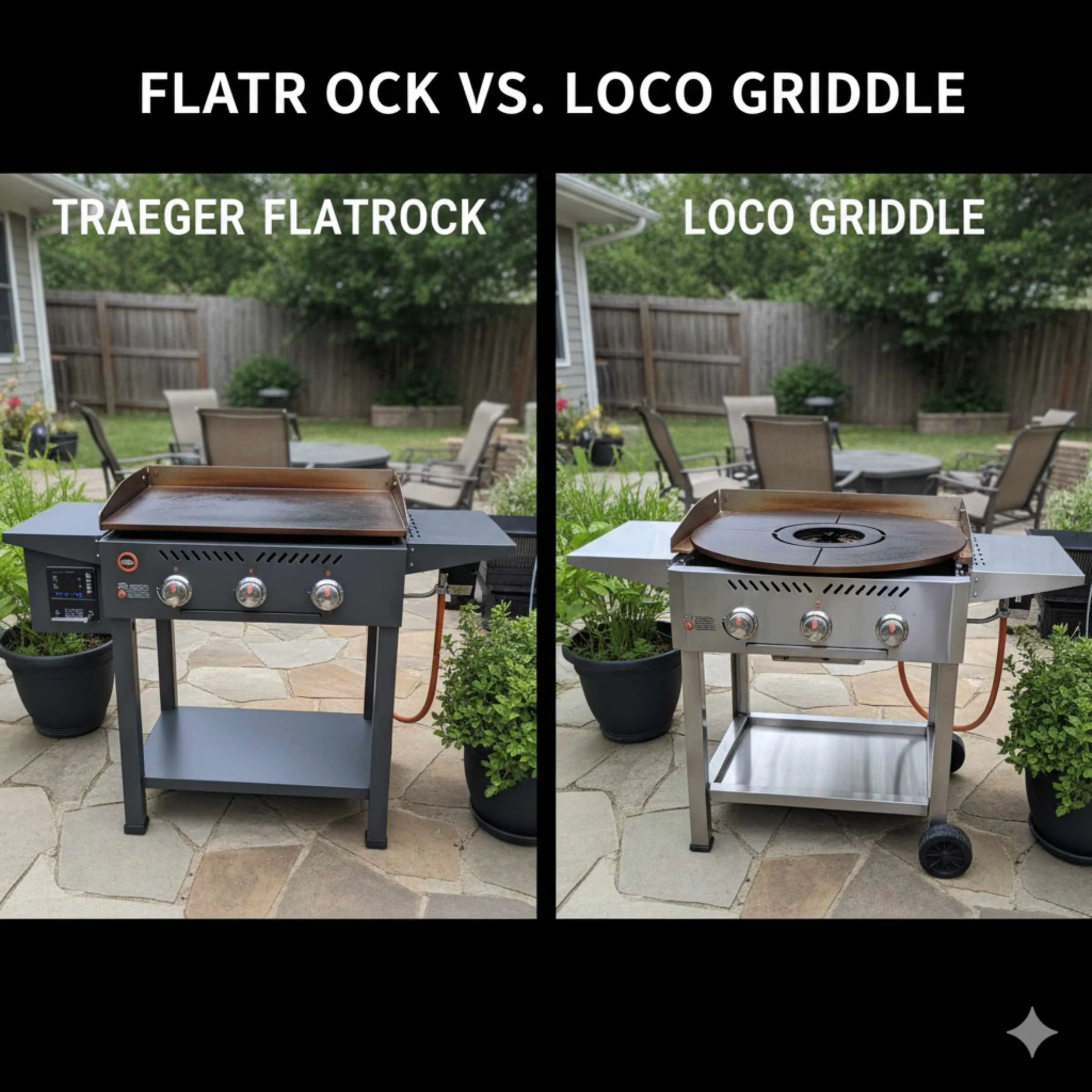Is ceramic cookware good? Yes, ceramic cookware is an excellent and essential choice for everyday cooking, offering a healthy, non-stick, and stylish alternative to traditional pans. Its ease of use and attractive design make it a favorite for home chefs looking for both performance and aesthetics.
Choosing the right pots and pans can feel overwhelming, can’t it? With so many options out there, it’s easy to get lost in the jargon and wonder what’s truly best for your kitchen. If you’ve spotted those sleek, colorful ceramic coated pans and wondered if they’re more than just a pretty face, you’re in the right place! Many people hesitate, unsure if ceramic cookware lives up to its promises of being healthy and easy to use. Don’t worry, I’m here to simplify things and guide you. We’ll break down exactly what makes ceramic cookware a fantastic choice for your home, covering everything from its benefits to how to care for it so it lasts. Get ready to feel confident about your next kitchen upgrade!
Why Consider Ceramic Cookware? The Smart Starter’s Guide
When you’re setting up a kitchen or looking to refresh your existing cookware, the choices can seem endless. Non-stick, stainless steel, cast iron, copper… it’s a lot to digest! Ceramic cookware has steadily grown in popularity, and for good reason. It’s often seen as a more modern, health-conscious option. But is it genuinely a good choice for you? Let’s dive into what makes ceramic cookware stand out and why it might just be the essential addition your kitchen has been waiting for.
Understanding Ceramic Cookware Construction
Before we get too far, let’s peek under the hood of what “ceramic cookware” actually means. It’s not made of pure ceramic like a teacup! Instead, most ceramic cookware features a metal base – usually aluminum or stainless steel – which is then coated with a layer of silica-based ceramic. This might sound technical, but think of it this way: the metal base provides durability and even heat distribution, while the ceramic coating is what gives you that wonderful, slippery non-stick surface. This coating is typically derived from sand (silica), which is where the natural, “green” aspect often comes in. It’s a clever combination designed for performance and ease.

The Benefits of Choosing Ceramic Cookware
So, why all the buzz? Ceramic cookware brings a delightful mix of advantages to the table. For beginners, these benefits translate into less stress and more enjoyment in the kitchen. Here’s a look at why it’s a winning choice:
- Healthy Cooking & Non-Toxic Materials: One of the biggest draws for ceramic cookware is its reputation for being a healthier option. Unlike some older non-stick coatings, traditional ceramic coatings do not release harmful chemicals like PFOA (perfluorooctanoic acid) or PTFE (polytetrafluoroethylene) when heated. This means you can cook with peace of mind, knowing your meals are prepared without potentially concerning substances. For those who prioritize a healthier lifestyle, this is a significant plus.
- Superior Non-Stick Performance: The ceramic coating creates an incredibly smooth surface that food slides right off. This makes cooking a breeze, especially for delicate items like eggs or fish, which tend to stick in less advanced pans. Cleanup is also dramatically simplified, as most food residue wipes away with minimal effort.
- Even Heat Distribution: The metal core of most ceramic pans ensures that heat spreads evenly across the cooking surface. This prevents hot spots, leading to more consistent cooking results. Your food will cook uniformly, reducing the chances of burnt edges and undercooked centers.
- Easy to Clean and Maintain: This is a huge win for busy home cooks! Because of the excellent non-stick properties, cleaning ceramic cookware is usually as simple as a quick wipe-down with a soft sponge and some soapy water. No more scrubbing stubborn, burnt-on food!
Attractive Design and Variety: Ceramic cookware often comes in a wide range of vibrant colors and modern designs. This means your cookware isn’t just functional; it can also be a beautiful addition to your kitchen décor. Whether you prefer classic white, a cheerful red, or a sleek charcoal, there’s likely a ceramic option to match your style.
- Lightweight: Compared to cast iron or some other heavy-duty pans, ceramic cookware is generally quite lightweight. This makes it easier to handle, toss ingredients, and maneuver, which is particularly helpful for those with limited strength or who are new to cooking.
Potential Downsides to Consider with Ceramic Cookware
While ceramic cookware boasts many fantastic qualities, like any product, it’s good to be aware of potential areas where it might not be the perfect fit for everyone. Thinking through these points can help you make the best decision for your specific needs and cooking habits. It’s all about finding the right tool for your kitchen!
- Durability of the Coating: The ceramic non-stick coating, while excellent when new, Ccan be prone to scratching and wear over time, especially if not cared for properly. Metal utensils can damage the surface, and abrasive cleaning methods can dull its effectiveness. This means you’ll need to be mindful of how you use and clean your pans.
- Not Always Oven-Safe to High Temperatures: Many ceramic pans are oven-safe, but often with temperature limitations. While some can handle higher heat, others might only be suitable for lower oven temperatures, which could restrict certain cooking techniques like searing at very high heat before finishing in the oven. Always check the manufacturer’s guidelines for specific temperature limits.
- Performance Can Degrade Over Time: With continued use and exposure to heat, the non-stick properties of ceramic coatings can gradually diminish. While good care prolongs their life, they might not offer the extreme longevity of some other cookware materials like stainless steel or well-seasoned cast iron.
- Initial Cost Can Vary: While some ceramic cookware is very budget-friendly, higher-quality sets with more robust construction and superior coatings can be an investment. It’s worth comparing prices and features to ensure you’re getting good value.
How to Choose the Best Ceramic Cookware for You
Navigating the world of cookware can sometimes feel like a treasure hunt, and with ceramic options, you want to find that perfect piece that balances style, function, and value. As a beginner, focusing on a few key aspects will help you select cookware that you’ll love using day after day. Think of this as setting yourself up for cooking success!
Key Features to Look For:
- Construction Quality: Look for pans with a sturdy base, often made of thick-gauge aluminum or stainless steel. This ensures even heating and durability. A heavier-weight pan generally indicates better quality.
- The Ceramic Coating Itself: Different brands use slightly different formulations. Look for terms that suggest eco-friendliness and freedom from PFOA, PTFE, and cadmium, such as “water-based sol-gel coating” or “natural ceramic non-stick.” Reading reviews can give you insight into how well the non-stick properties hold up over time for different brands.
- Handle Material and Ergonomics: Comfortable, heat-resistant handles are a must. Many ceramic pans feature silicone or bakelite handles that stay cool on the stovetop. Ensure the handle feels secure and balanced in your hand.
- Oven and Dishwasher Safety (Check Limitations): If you plan to use your cookware in the oven, verify the maximum oven-safe temperature. Also, while many ceramic pans are labeled “dishwasher safe,” handwashing is often recommended to preserve the integrity of the non-stick coating for longer.
- Set vs. Individual Pieces: Start with a basic set that includes essential pieces like a frying pan (skillet), a saucepan, and a casserole or stockpot. You can always add individual pieces later as your cooking needs grow. For beginners, a 5-7 piece set is usually a great starting point.
Consider what you cook most often. Are you an egg enthusiast? A soup maker? A baker? Tailor your choices to your kitchen habits. A good quality 10-inch skillet is often a workhorse for many recipes.
Top Brands and What They Offer (Examples)
While I can’t recommend specific products as availability and models change, here are a few reputable brands often praised for their ceramic cookware, giving you an idea of what to look for:
- GreenPan: Often considered a pioneer in ceramic non-stick, GreenPan offers a range of collections known for their healthy coatings and stylish designs.
- Anolon: Known for durable, high-performance cookware, some of Anolon’s lines feature ceramic non-stick coatings, combining tough construction with the ease of ceramic.
- Circulon: Another brand that offers robust cookware, Circulon’s ceramic non-stick varieties often feature textured cooking surfaces designed for extra durability and easy food release.
- T-fal: A widely accessible brand, T-fal offers many ceramic cookware options that are budget-friendly and perform well, making them a great entry point for beginners.
When researching, look for brands that are transparent about their manufacturing processes and the materials used in their coatings. The Environmental Protection Agency (EPA) provides information on concerns related to certain cookware materials if you’d like to learn more about general kitchenware safety standards.
Caring for Your Ceramic Cookware: A Simple Routine
To ensure your beautiful ceramic cookware remains a star in your kitchen for years to come, a little bit of mindful care goes a long way. It’s not complicated, but following these simple steps will help maintain its non-stick performance and appearance:
Best Practices for Longevity:
- Preheat Properly: Always start with a little bit of oil or cooking spray, and preheat your pan over low to medium heat for a minute or two before adding food. Avoid using very high heat, as this can damage the coating over time and reduce its non-stick capabilities.
- Use the Right Utensils: This is crucial! Always use wooden, silicone, or plastic utensils. Never use metal knives, forks, whisks, or spatulas, as these will scratch the ceramic surface and ruin its non-stick properties.
- Avoid Extreme Temperature Changes: Never plunge a hot pan into cold water. This thermal shock can cause the coating to warp or crack. Let pans cool down gradually before washing.
- Handwashing is Best: While many ceramic pans are labeled “dishwasher safe,” the harsh detergents and high temperatures in dishwashers can degrade the non-stick coating faster. For optimal longevity, wash your pans by hand with warm, soapy water and a non-abrasive sponge or cloth.
- Gentle Cleaning: If food does get stuck, soak the pan in warm, soapy water for a while. Then, gently scrub with a soft sponge. Avoid abrasive scrubbers like steel wool, as they will scratch the surface.
- Oiling the Surface (Optional but Recommended): After washing and drying, you can apply a very light coat of cooking oil with a paper towel. This helps maintain the seasoning and protective qualities of the ceramic layer.
By implementing these simple care tips into your kitchen routine, you’ll be preserving the quality and functionality of your ceramic cookware, ensuring many happy meals to come!

Ceramic Cookware vs. Other Popular Cookware Types
To truly appreciate why ceramic cookware is an “essential choice,” it helps to see how it stacks up against some of the other common materials you might be considering. Each has its own strengths and weaknesses, and understanding these can help you decide if ceramic is your perfect match.
A Comparative Look:
| Cookware Type | Pros | Cons | Best For |
|---|---|---|---|
| Ceramic Cookware | Non-toxic, excellent non-stick, healthy cooking, easy cleanup, attractive designs, lightweight. | Coating can scratch/wear, performance may degrade, temperature limitations, handwashing often recommended. | Everyday cooking, healthy cooking, beginners, those seeking easy cleanup and style. |
| Traditional Non-Stick (PTFE-based) | Excellent non-stick performance, affordable, easy cleanup. | Can release fumes at high temps, can scratch easily, may contain PFOA/PTFE (though many newer ones are PFOA-free). | Quick cooking, delicate foods, budget-conscious cooks who are careful with heat and utensils. |
| Stainless Steel | Durable, long-lasting, oven-safe to high temps, no chemical coatings, reacts well to induction. | Food can stick easily, requires more oil, harder to clean when food sticks, can have hot spots if lower quality. | Searing, deglazing, everyday cooking for those who prioritize longevity and don’t mind potential sticking. |
| Cast Iron | Extremely durable, exceptional heat retention, non-stick when seasoned properly, oven-safe, lasts generations. | Very heavy, requires careful seasoning and maintenance, can rust if not cared for, reacts to acidic foods. | High-heat searing, slow cooking, baking, those who love heavy-duty, traditional cookware. |
| Enameled Cast Iron | Durable, holds heat well, non-reactive to acidic foods, attractive colors, no seasoning needed. | Very heavy, can chip if dropped, can be expensive. | Braising, stews, soups, baking, and versatile stovetop-to-oven use. |
As you can see from the table, ceramic cookware strikes a fantastic balance for many home cooks. It offers the easy-release and healthy cooking benefits that many desire, without the extreme maintenance of cast iron or the potential sticking issues of stainless steel for less experienced cooks. For those looking for a reliable, user-friendly, and aesthetically pleasing option for daily use, ceramic cookware often emerges as the winner.
Frequently Asked Questions about Ceramic Cookware
Let’s tackle some common questions beginner cooks might have about diving into the world of ceramic cookware. I want to make sure you feel completely comfortable and informed!
Q1: Is ceramic cookware truly non-toxic?
Yes, most ceramic cookware is considered non-toxic because the ceramic coating is typically made from natural materials like silica (sand). It does not contain or release harmful chemicals like PFOA or PTFE, which have been a concern with older types of non-stick pans. This makes it a healthy choice for your kitchen.
Q2: Can I use metal utensils with ceramic pans?
Absolutely not! This is one of the most important rules for ceramic cookware. Metal utensils will scratch and damage the non-stick coating, significantly reducing its lifespan and performance. Always opt for wooden, silicone, or plastic utensils to keep your ceramic pans in top condition.
Q3: How do I know if my ceramic cookware is scratching?
Scratches on ceramic cookware will appear as visible lines or dull patches on the non-stick surface. If you start noticing food sticking more easily in certain areas, or if you can feel or see deep gouges, the coating has likely been compromised.
Q4: Can I use ceramic cookware on an induction cooktop?
It depends on the base material of the pan. Most ceramic cookware has a metal (usually aluminum or stainless steel) base, which is often magnetic and therefore compatible with induction cooktops. Always check the product description or packaging to confirm if a specific piece of ceramic cookware is induction-ready.
Q5: How long does ceramic cookware typically last?
With proper care and gentle use, good quality ceramic cookware can last for several years. However, the non-stick coating is not indestructible and can wear down over time, especially with frequent high-heat cooking or improper cleaning. Expecting 3-5 years of consistent, good performance is a reasonable benchmark for many brands.
Q6: Is it okay to put ceramic cookware in the dishwasher?
While many ceramic pans are advertised as “dishwasher safe,” it’s generally recommended to handwash them to preserve the integrity and longevity of the non-stick coating. The harsh detergents and high heat cycles of a dishwasher can accelerate wear and tear on the ceramic layer.
Q7: Can I sear steak in ceramic cookware?
You can sear steak in ceramic cookware, but it’s important to use medium-high heat rather than the screaming-hot temperatures you might use with cast iron or stainless steel. Always use a bit of oil. Be aware that ceramic coatings might not achieve the same deep, even crust as more traditional searing pans, and prolonged high-heat searing can potentially shorten the life of the coating.
Conclusion: Making Ceramic Cookware Your Essential Choice
As we’ve explored, ceramic cookware truly earns its spot as an essential choice for many home kitchens, especially for those who are just starting out or looking for a more straightforward way to cook. Its health-conscious, non-toxic surface, combined with excellent non-stick capabilities, makes everyday cooking tasks feel easier and more enjoyable. From those quick morning eggs that slide right out to simple weeknight dinners, the ease of use and cleanup you’ll experience is incredibly rewarding.
We’ve seen that while it’s important to be aware of its care requirements – like using the right utensils and avoiding extreme temperatures – these are simple habits that quickly become second nature. The beauty, variety, and performance of








Leave a Reply